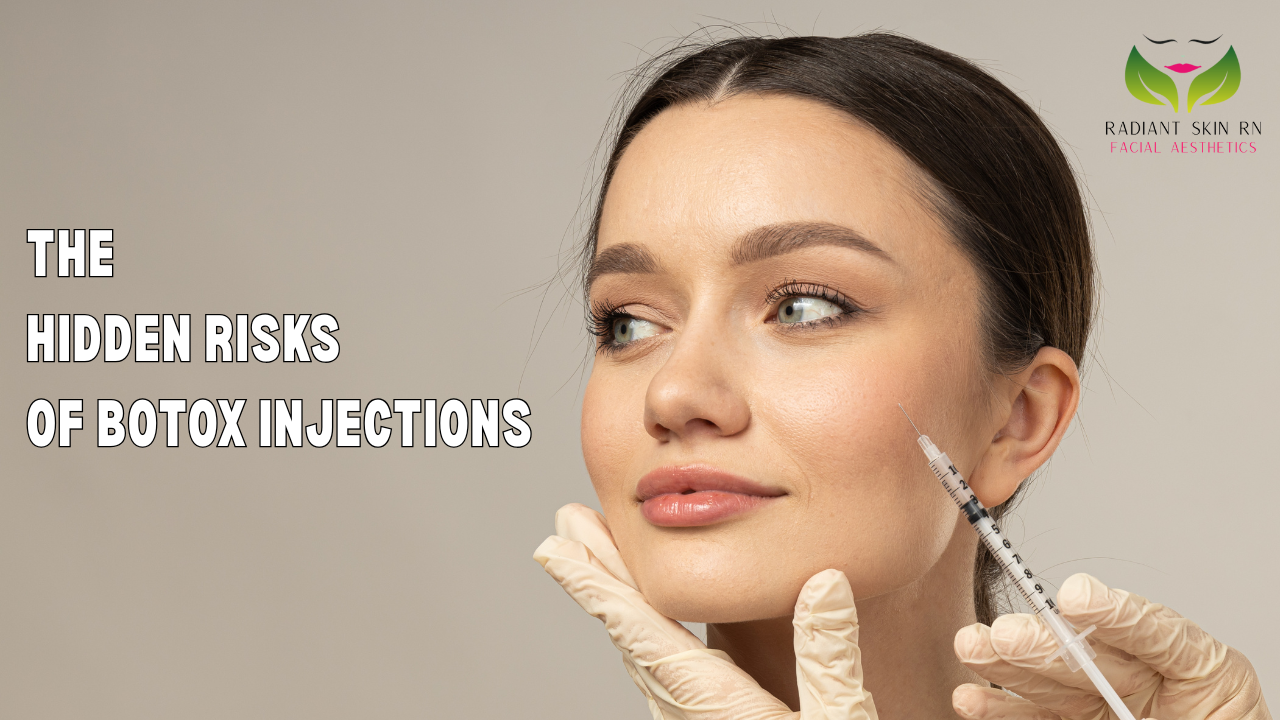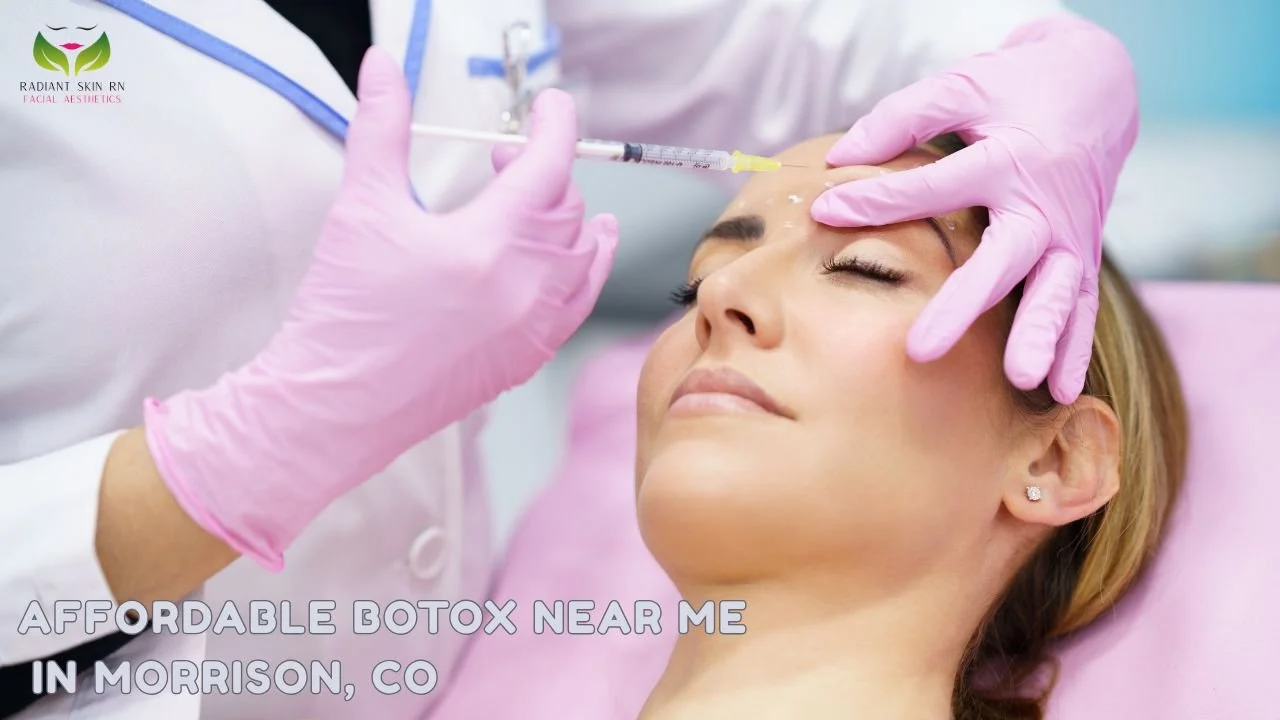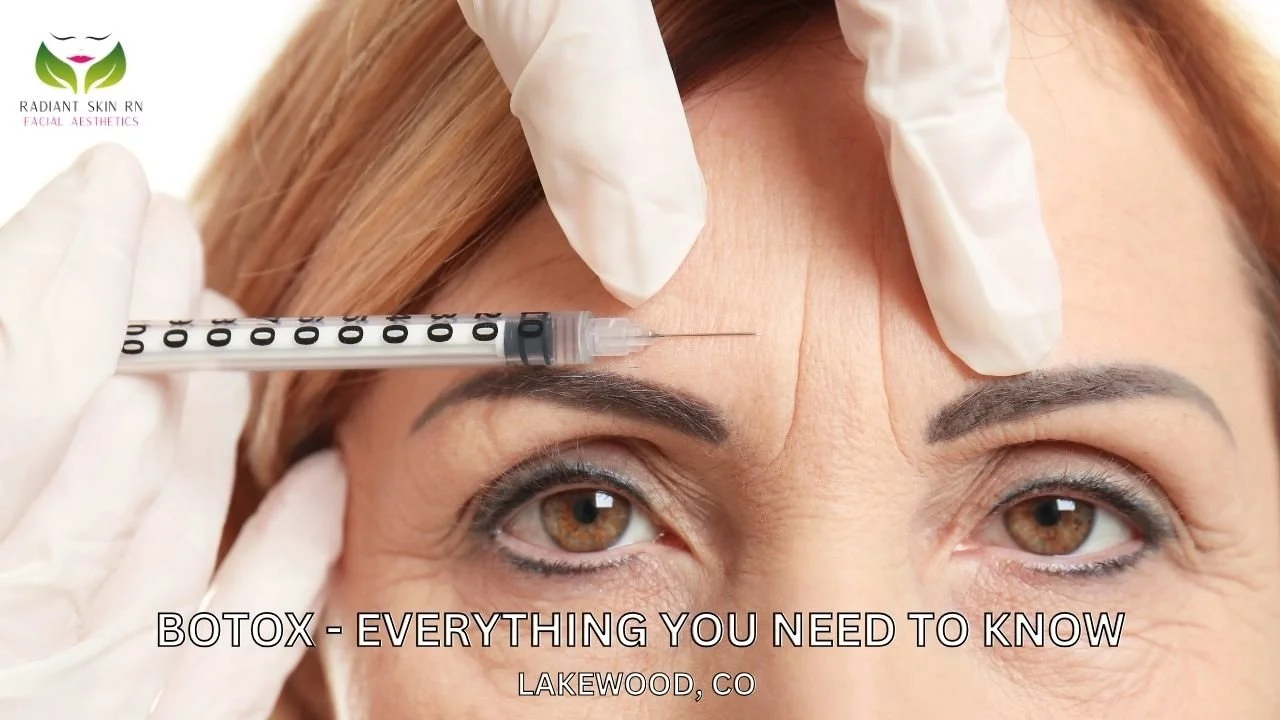Confused between Jeuveau and Botox? Learn the differences, pros and cons, and find out which one suits your skin goals. At Radiant Skin RN in Golden, CO, Heather Nakamura RN BSN offers both injectables with expert precision to help you look refreshed and youthful—without overdoing it. Book your consultation today and enjoy radiant, natural-looking results with Jeuveau or Botox.
Read moreJeuveau vs Botox – Which One Is Right for You?
Jeuveau vs Botox – Which One Is Right for You?





